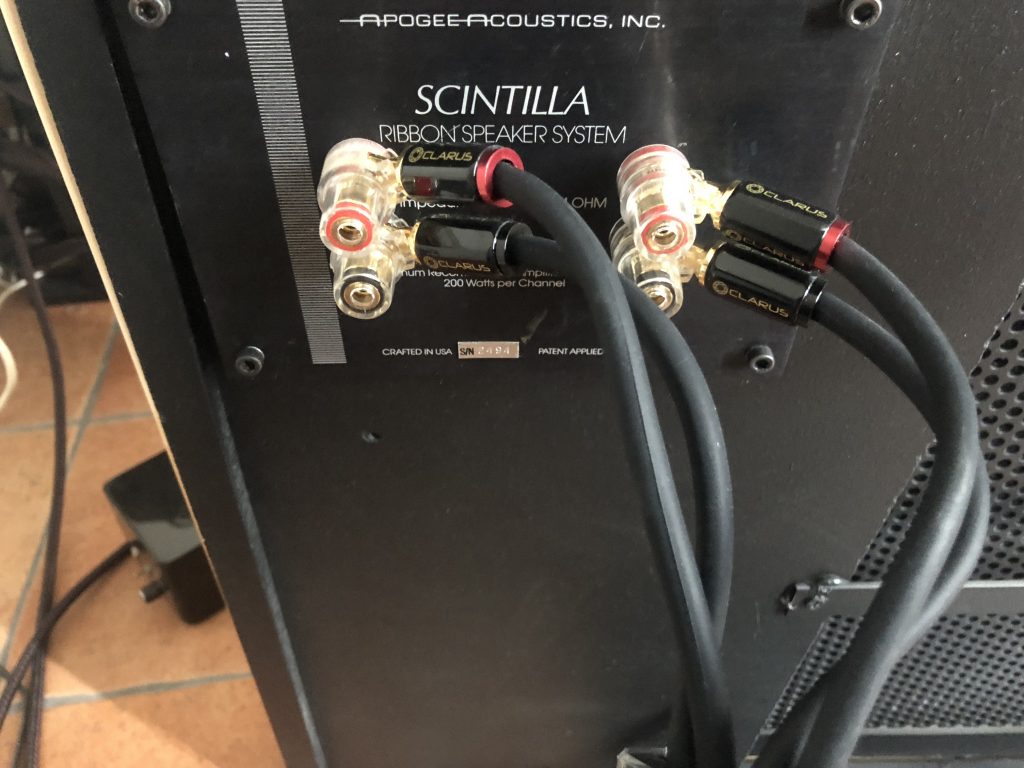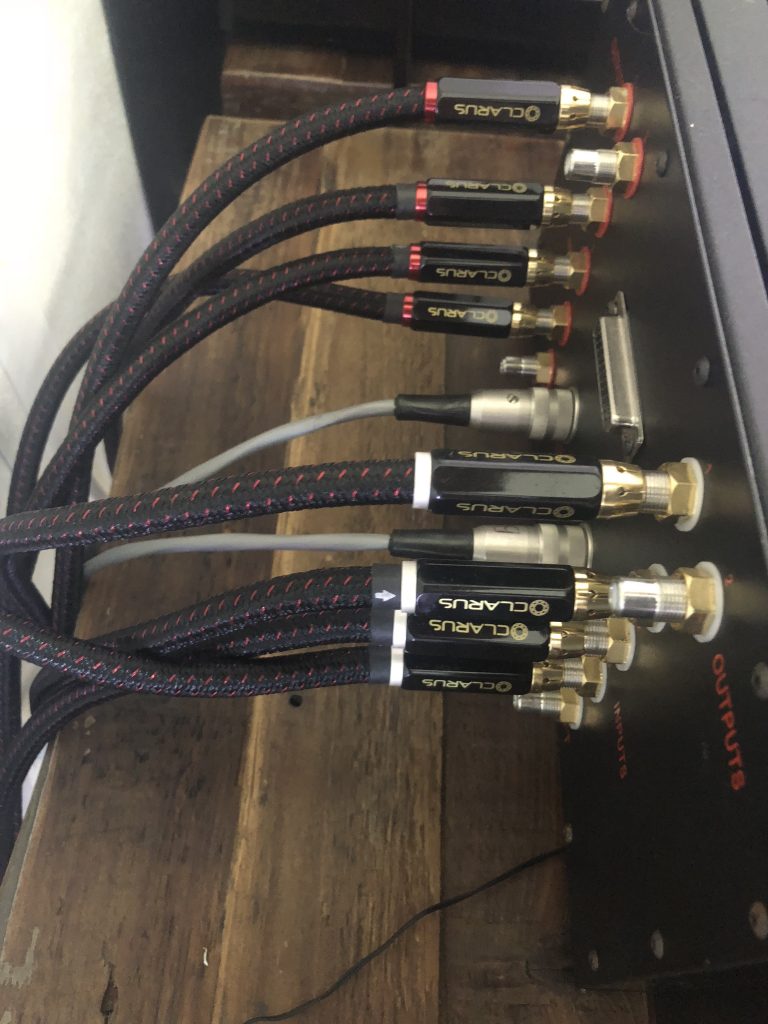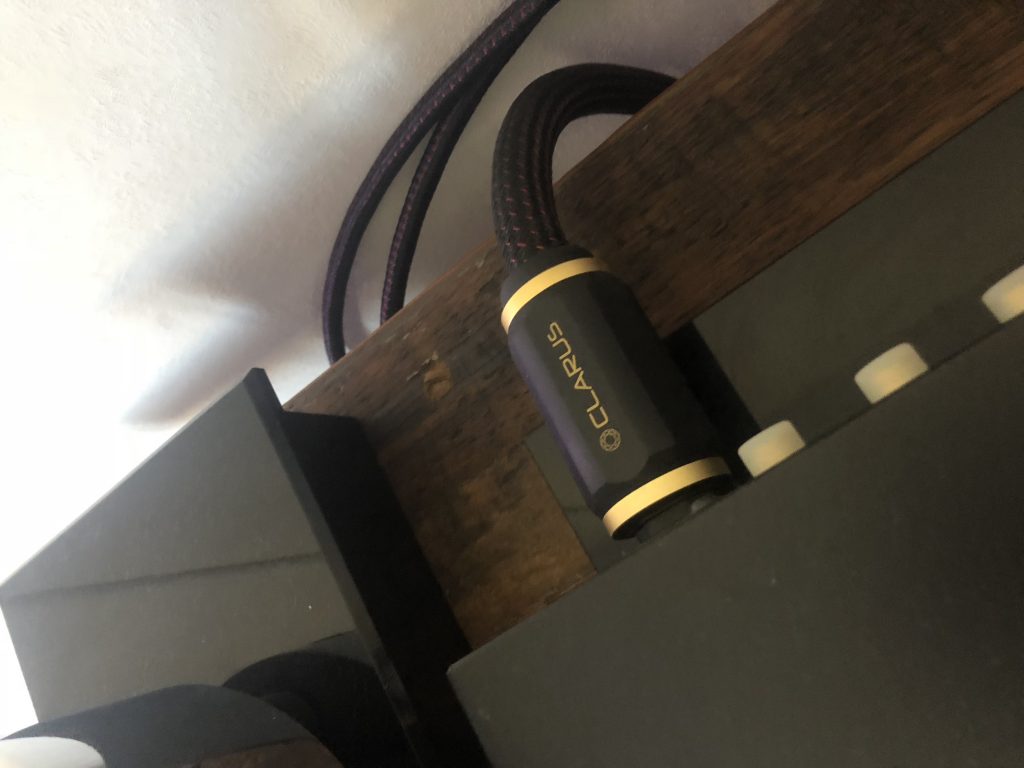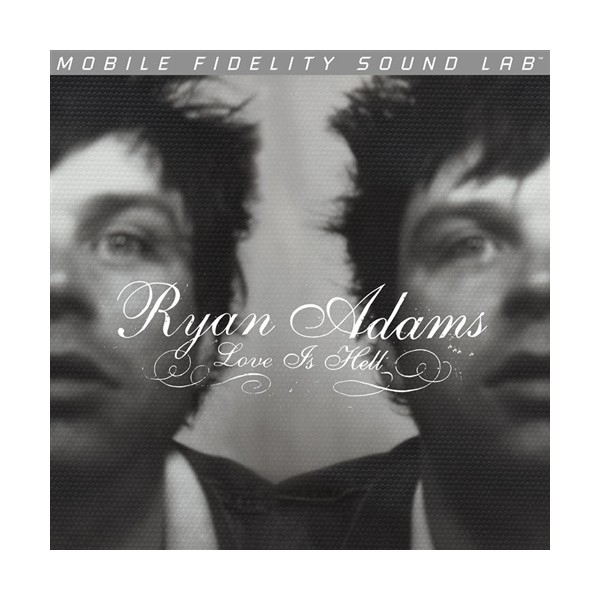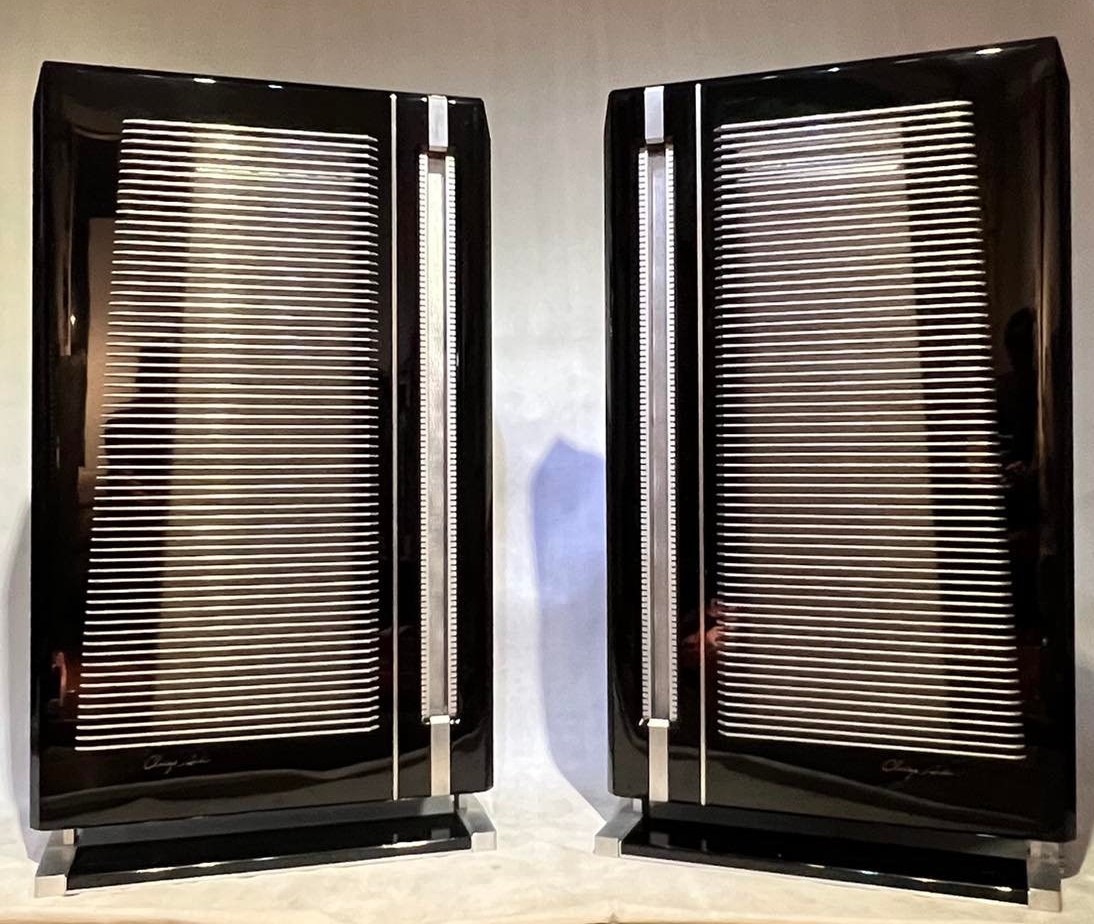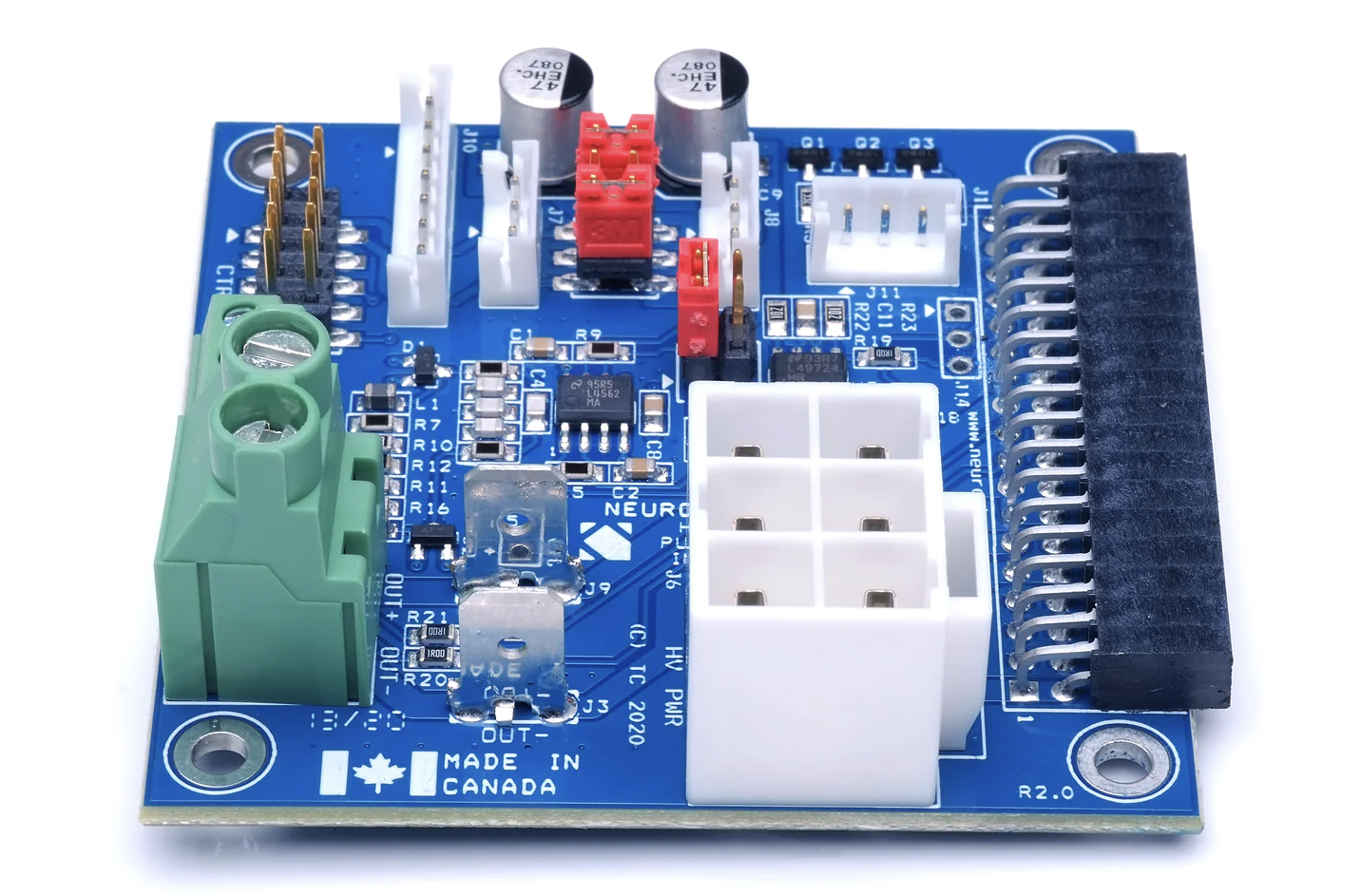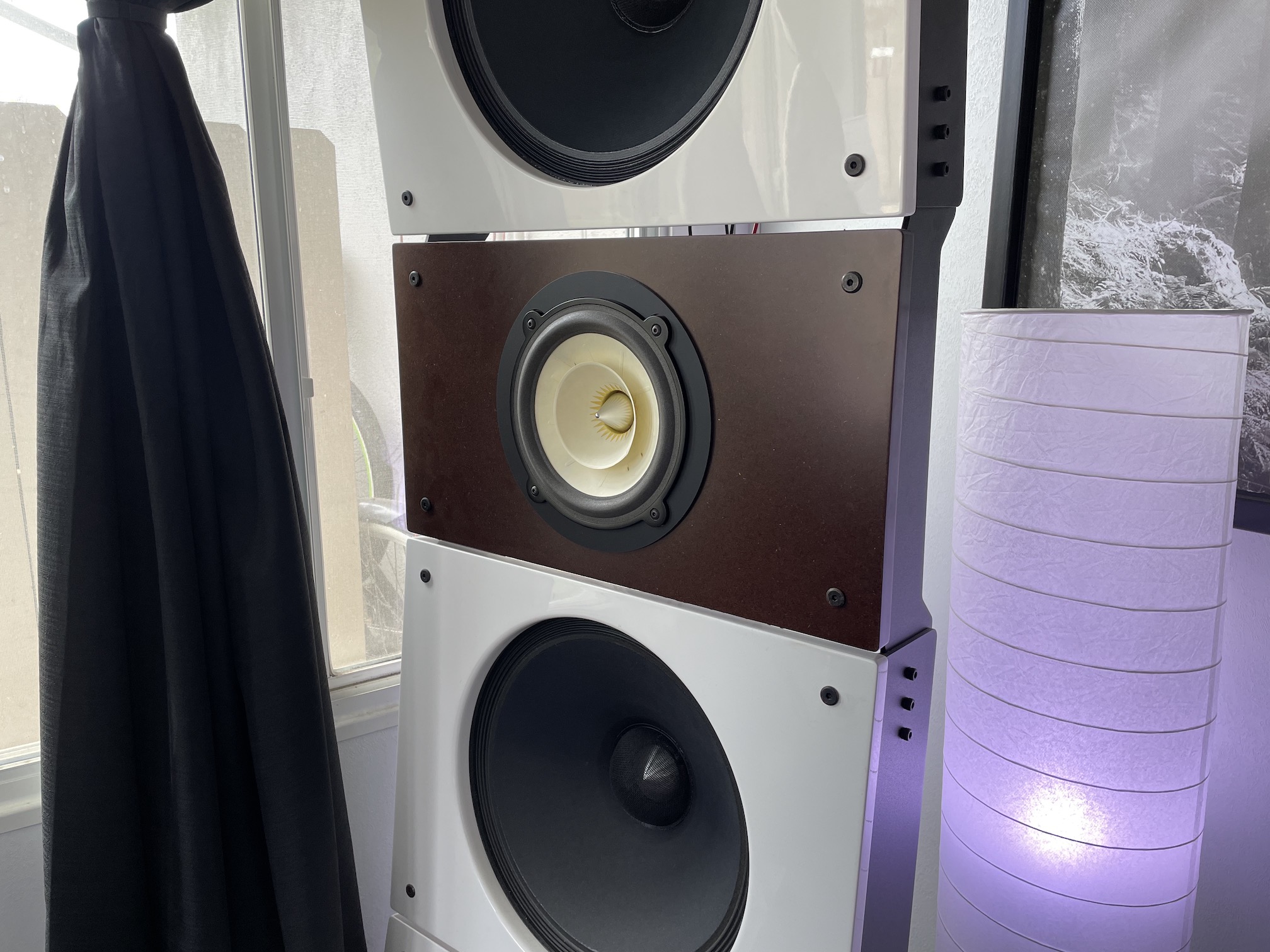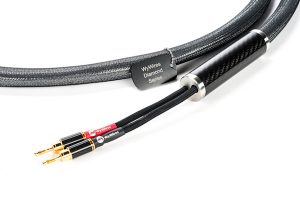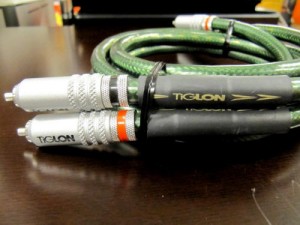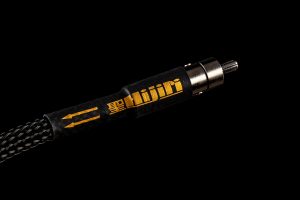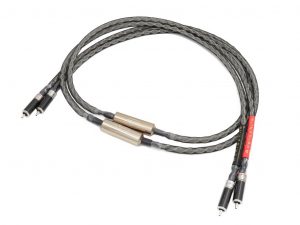I enjoy a good challenge. Whenever a cable review comes my way, I accept wholeheartedly knowing that it will be quite the adventure. I say this because reviewing cables comes with quite the controversy. People seem to have an open mind when it comes to devices with circuitry with respect to a review, maybe because they feel that they can tangibly see differences, as well as hear them, but with cables—you see a cable and not really what's hidden underneath.
You must be able to take on the challenge knowing this, and to be able to hear the differences and properly convey them in a review where it can captivate an audience that not only accepts cables as being a tweakable item, but to also raise a challenge to those that are still a bit on the fence with cables in general. The latter seem to be the largest part of the audience in my inner-circle of friends and audio enthusiasts. It's that audience that I have the most fun with. I invite them with open arms to actually hear the differences right here in my system. There are a few that walk away with the "I don't hear any difference," which you have to accept, and then there is the majority that do hear the differences. Plus, swapping out a cable is a fun exercise as one gets to hand it around for all to see—a sort of show and tell if you will, in the beauty of craftsmanship that goes on the exterior.
I have reviewed cables that are also not very exciting to look at but still convey their own sonic signature, so sometimes a cable review is just that, explaining how it sounds and what it did to your system. Then there are cables that come about that look amazing AND convey their own sonic signature. Those are the ones that seem to garner the most respect in the industry, to which I understand, but being an engineer myself I find it fun to review both types.
Clarus puts themselves right in the middle in my opinion. They come with their own sonic signature, albeit more balanced and neutral (as much as Clarus is against this, but more on that later) and come in a beautiful package, but not too gaudy, ala Louis Vuitton, or Chanel, but more like a Bottega Venneta. Now, I realize that I may be speaking to an audience that doesn't understand that style of fashion, but for those that do—I'm sure you know what I mean. Well crafted, subtle, refined, and timeless. That is how I'd describe the aesthetic of Clarus.
I will also say that to do a cable review, one really has to understand their system, the nuances it brings and how it sounds, in order to connect a cable and then hear the difference, be it negative or positive. It's rare that a cable creates a negative persona, rather it provides a difference in sound that one may appreciate on one type of music vs. another. One thing I really enjoyed about my time with the Clarus line is how much an improvement it made with all types of music. For those familiar with my reviews, you know that I don't listen to the audiophile stuff. Whether it be some obscure electronica (IDM, Dark Wave, Ambient) or improvisational Jazz (Ornette Coleman or Sun Ra), it can be at times alienating, but I do find most of the time people being truly interested in what I'm listening to, and usually it ends up with them asking me "Man, who was that?!" What is important here is that I'm trying to convey that Clarus cables are a great timeless design that will definitely improve what you are listening to, regardless of what it is. Improved depth, focus, and soundstage. Another thing I noticed was the extended level of detail while what I call "quiet listening." At times after a long day, I don't get time to listen to music until the evening, when people are asleep and such. It's here where I really noticed a different with respect to low level detail. These cables were able to extract additional information that I hadn't noticed before. In fact, what it gets me to do is to question my sanity and swap out the cables and then go "wow, check that out…" I can still hear the nuance, but it wasn't until I had Clarus in my system that I actually noticed it! Talk about interesting. It's become cliché these days to say things like "I heard instruments I never heard before!" I find this odd, and inaccessible, but what I believe people are trying to convey is that it's not like the cables are producing their own instruments, no, what they do is allow the listener to actually hear something that was difficult to extract with a different set of cables.
Another great aspect to pay attention to with cable designers is what cables they offer. There are some "boutique" designers that only create a power cable, or a USB cable, but Clarus offers an entire line of cables. I feel that is an important thing to identify here that they truly feel that their own sonic signature can be a benefit wholeheartedly. I respect that, but on the other hand, it can make the review quite cumbersome. I will go into detail with every cable I reviewed here, as every single one made a positive impact on me, starting with the most impactful, to the subtlest.
The Crimson line (bettering the Aqua line) consists of PCOCC (Pure copper by Ohno continuous casting) which is basically the world's purest copper. The designer feels that this is the best way to achieve the lowest resistance cable by the way it introduces the least amount of crystal boundaries (somewhere along the line of every 700 or so feet). Other manufacturers utilize the (cheaper) OFC or Oxygen-Free copper which by comparison has a boundary every 400 feet.
I do want to also interject here that I broke in all cables prior to listening using the audiodharma Cable Cooker. If you don't use one of these, you're in for a treat. It's quite the time saver, saving one from going from "I'm not sure about this cable" to "Wow, I love this cable!" This will help you "cut to the chase," so-to-speak. A worthy investment, but I digress…
Power Cable(s);
To me, power cables seem to make the most difference. It's a hard one for most to chew on, but it's definitely fascinating if you're open minded and willing to really try to hear the difference. One would imagine, why would a power cable matter if the wire going from the breaker to the receptacle is crap, or unknown at least? Who knows… The age-old question, I suppose. I can say though, without question, that power cables (especially w/ Clarus) here made a huge impact to my overall system. Better bass, better low-level detail, better control. I can remember when I started this review, it was suggested to me to do it in this fashion, and I'm glad I did. I swapped out all power cables using Clarus' "high current" line on my mono block amplifiers, and regular line on my ancillary equipment (Line stage, CD Player, DAC, etc.) I did this, flipped everything on, and started up the latest NTS Session by Autechre. This was during the day where I could really crank the system. Immediately I noticed less strain, more torque, more detail. It wasn't until several hours later that I realized I had listened to several more albums (thanks to Roon's Radio feature) and got sucked out of the Matrix and thought, "Whoa." I had to sleep on this newfound information and experience to collect my thoughts. The following day, I listened to some other music, Ryan Adams, Aleksi Perälä, and then came the evening where I put on Demdike Stare's Symbiosis. Since I had to turn the volume down, this is where the music typically becomes background noise, but I couldn't help but remain engaged as I started to really hear additional detail as aforementioned, at low volumes! It was quite fascinating to say the least. I like it loud but now, I also like it quiet (low volume).
Interconnect(s)
My system is comprised of both Balanced and Single-Ended topologies, so naturally I was sent both types of cables to try out. I don't really have a preference for one over the other, in fact if I have a piece of equipment that employs both, I try both to see which one works out best. You have to remember that some designers will imply a sort of "faux" balanced system, where some are truly balanced, and so on. I don't necessarily gravitate to one over the other without trying both, because I have a bit of a mismatched system. I don't have one brand of everything. One great aspect about high end audio is that one can mix and match certain pieces of equipment to give the listener the best sound for their buck. Of course, there could be an impedance mismatch if one doesn't pay enough attention here (I think this is one of the most overlooked issues in high end audio, but that is beyond the scope of this review). You try to do the best you can with what you've got. The interconnects by Clarus are no slouch, for sure. Since they usually carry a high impedance signal, they can be most susceptible to outside interference, and I feel that what is most important to an interconnect is how well they are built to shield themselves from outside noise. Too many times I've had a boutique cable in my system that isn't good enough at shielding itself from outside influences, and it ruins the entire experience for me. Who wants to hear a hum, or some sort of static just because the cable isn't engineered to the point of resisting it? I'm not saying that the Clarus line was built with this in mind first, but I feel it's one of the more important things here. No, what was great about these interconnects was in fact I got out exactly what was being put in, and nothing else.
Speaker Cable(s)
Another very important cable is the one carrying the high-level signal to your speakers. This can at times require a ton of current (albeit in short bursts) which if not properly constructed, can cause some macro details to get lost and/or mistranslated. This is another cable that I find fun to swap out for friends. There can be all sorts of nuances changed here, from a volume level, to dynamics and/or micro detail. The Clarus line here was definitely a home run, I was able to listen at very loud levels for extended amounts of time with absolutely no fatigue to both my ears and speakers (much less audible distortion). I believe proper shielding is necessary on speaker cables as well, to properly block any outside interference. Absolutely stellar here in all ways.
Digital
The only digital cable in my system is the one that connects my Roon bridge to my DAC, which uses USB. USB seems to be the adapted norm here, but it is prone to noise and interference. Clarus stepped up to the plate here and created their own USB cable as well to add to their line, which demonstrates their confidence in all aspects of cable wielding. A very impressive effort here and it, too, is no slouch. I've noticed with other "audiophile" cables, with respect to USB, they seem to create more issues than anything. Digital cables are a sensitive group and can introduce a wide gamut of problems, whether it be as apparent as an interfacing issue (DAC falling offline constantly, for example) or at the very least a sort of audible distortion being brought on by induced jitter. What I am getting out of this USB cable is exactly what is being put into it, perfectly timed 1s and 0s. In fact, swapping between the Clarus USB cable and another manufacturers cable, the Clarus cable came out on top every time. The DAC came online immediately, and played glorious music with perfect timbre. At last I'm finally able to relax and hear what the artists intended without having to worry about my ancillary equipment misbehaving due to some boutique cable manufacturer paying less attention to what matters, and that is providing a perfect interface between DAC and computer.
Clarus Cables (this review is specific to the Crimson line) was designed by Jay Victor, a world renowned cable designer with many patents. He's been doing this a very long time and chances are, one of your cables could have been designed around one of his various ideas. The line was launched a few years ago by Joe Perfito, who owns the very successful line of cables Tributaries, designed around mostly home theater use. Clarus was born out of necessity for audiophile-grade two channel audio systems.
I really wanted to meet Jay, so I organized a Skype video chat which organically evolved over about 1 hour where many topics were discussed. I was really intrigued by someone that was able to find their passion in high end audio, and tie it all together using actual science, and a deep understanding of making music. Jay is an avid bass player. He started out designing heavy duty (read: expensive) testing equipment for the chemical industry. He had to figure out ways to connect said equipment under harsh environmental aspects, i.e. high temperatures and high voltages. This gave him the edge and the scientific experience to go off and design real cables that make a real impact on audio. He was then hired by companies like Audioquest and Monster Cable (heard great stories about this working with Noel and such) designing their Monster Power line of products. Also Belkin! But Belkin wasn't able to market to the industry so they fell back to the regular computer peripheral stuff. Jay schooled me on some great aspects of proper cable design—all revolving around the crystalline structures and their importance to the metals themselves (and more important than the actual metal used, in some cases).
If you are interested in seeing Jay in action speak about Clarus, click here for access to several published videos.
He and George Cardas are good friends. He, like George (and myself, ironically), have some really esoteric audio gear consisting of lots of heavy duty tube (SET 300b) amplifiers, Edgar horns, Audio Alchemy DACs, and even the Genesis Lens! Remember that? I also asked what it was like to be in the industry, and if he speaks to any other designers, he said emphatically "Yes, and it's a lot of fun—we all respect each other and our ideologies." He prefers to work as a consultant / designer for himself as he is free of any constraints, budgets, and bureaucracy that come with working for any specific company directly.
In sum, the entire line is amazing, and even more synergistic if you're able to use it all, but if you must start somewhere, I suggest starting with power cords first. There is something very special going on here and you have to hear it. Highly recommended.
Power Cables
Retail: High Current 20A $910/3 Foot, High Current 15A $800/3 Foot, Standard 15A : $350/3 Foot
Interconnects
Retail: Balanced (XLR) $1,600/meter, Single-Ended (RCA) : $1000/meter
Speaker Cables
Retail: Bi-Wire $2300/6 Foot
Digital Cables
Retail: USB $250/meter
Clarus Cable
www.claruscable.com/crimson.cfm




